Bulgaria is no longer the Soviet-bloc country it once was. Thanks to its accession into the European Union in 2007, Bulgarians and foreigners alike have been discovering this little gem on the Black Sea coast. The country’s treasures are best enjoyed by visiting one of Bulgaria’s cities then venturing out into the countryside where you’ll discover quaint villages, ancient monasteries and stunningly beautiful landscapes.
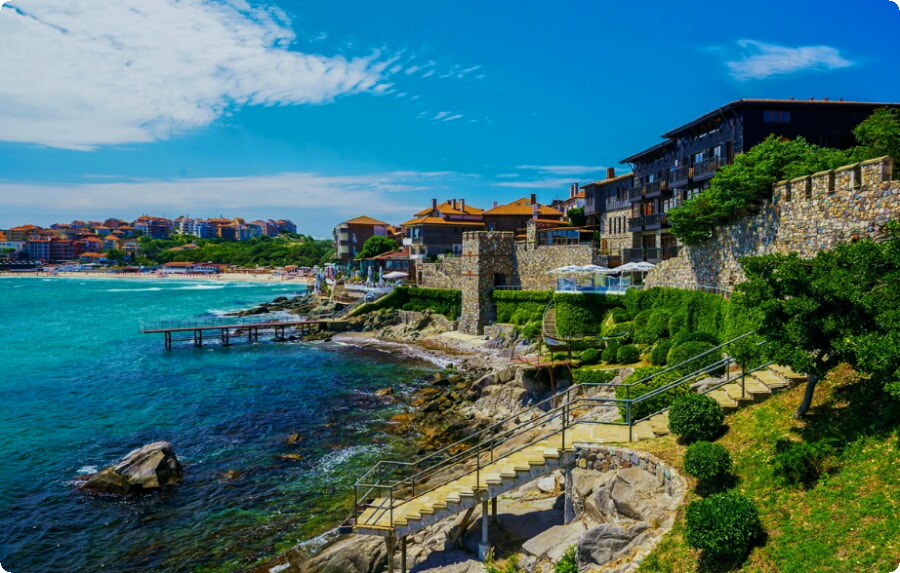
Bansko
Bansko is a popular ski resort in Bulgaria, located at 1,350m above sea level. It’s the largest ski resort in the Balkans and has over 200km of ski runs to explore.

Bansko offers a wide range of accommodation options for all budgets, from luxury hotels and apartments to hostels and camping grounds. If you’re looking for somewhere cheap but still want to be close enough to the slopes then try Bansko Central Hostel which offers dorm beds from just 5 euros per night!
Borovets
Borovets is one of the most popular ski resorts in Bulgaria. It is located at the foot of the Rila Mountains, which are part of an alpine range in southwestern Bulgaria. Borovets has a variety of ski runs for all levels, as well as hotels, restaurants and shops.
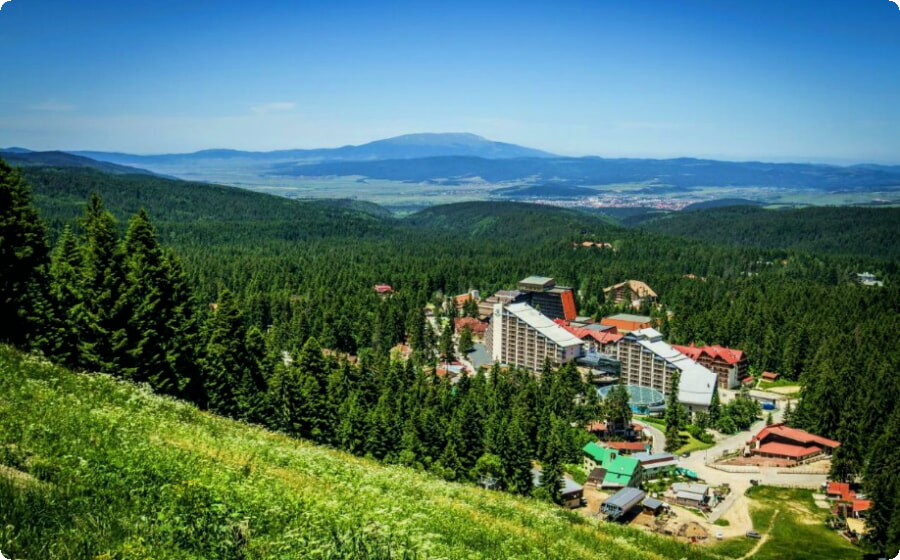
Burgas
Burgas is a city in southeastern Bulgaria, situated on the shores of the Black Sea. It is an important industrial, transportation, cultural and tourist center as well as one of the major cities of Bulgaria with a population of approximately 200 000 inhabitants. The city offers a wide range of local guide services to make tourists get acquainted with the city.
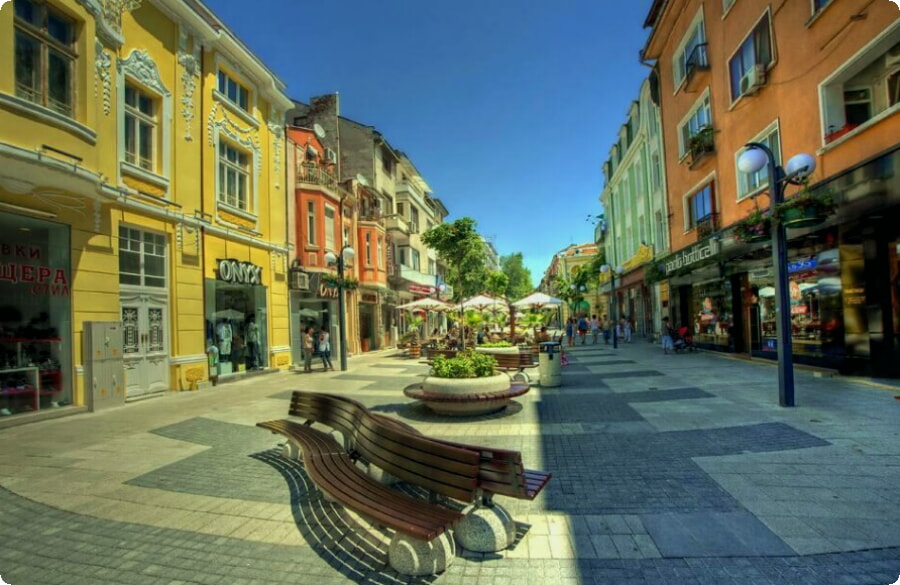
The city was founded by Greek colonists at least 2000 years ago who named it “Bourgas” (Greek: [bouˈrgas]). The name means “cormorant”, which refers to its location near lakes where cormorants dwelled; or from Turkish borga (“to build”), referring to its fortification walls.
Koprivshtitsa
Koprivshtitsa is a Bulgarian town in the foothills of the Rhodope Mountains, located near the city of Kardzhali. It’s one of Bulgaria’s oldest villages and has been inhabited since at least Roman times; it was also home to many wealthy landowners during Ottoman rule.
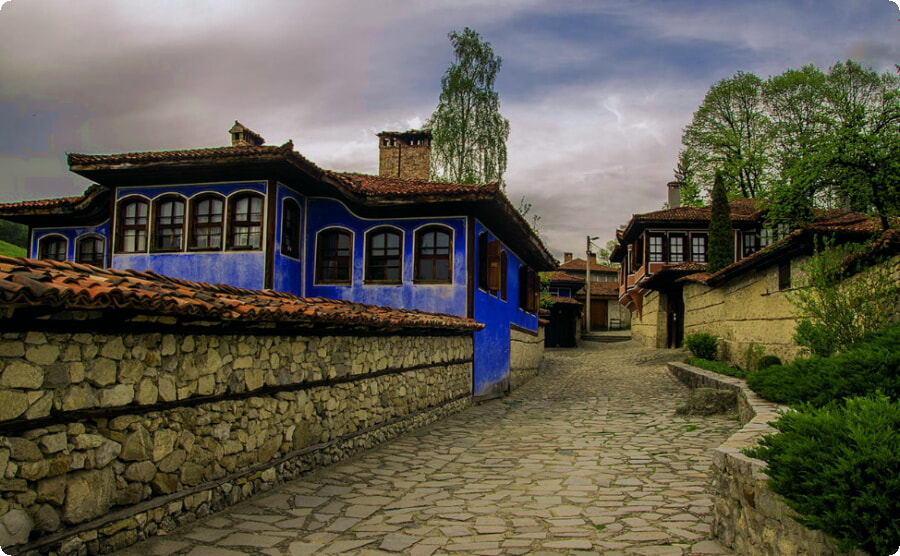
The village has been declared an UNESCO World Heritage Site for its well-preserved architecture and traditional crafts. Its central square has been described as “one of Europe’s most beautiful” by Lonely Planet; other highlights include its churches (including one with frescoes dating back to 1360), cobblestone streets lined with shops selling local produce such as honey and wine, craft workshops where you can watch master artisans at work.
Nessebar
Nessebar is a town on the Black Sea coast of Bulgaria. It has been inhabited since at least the Neolithic period, when it was known as “Enos”. The current name comes from its original Greek name Nessebar, which means “northwest” or “the northern part”.

The earliest evidence for seafaring in this part of Europe comes from a site near Nesebar which was discovered by archaeologists and which dates to 5000 BC. In the centuries that followed, this settlement had grown into an important port city whose residents were capable of building large stone buildings like those found today at Troyan Monastery (10th century) and Koprinkaveli Church (11th century). All cultural and historical sites are easily available on a rented car in Nessebar.
Plovdiv
Plovdiv is a city in Bulgaria that has been around since ancient times. It’s well known for its Old Town, which was built during the Ottoman Empire and has been preserved by UNESCO as an “exceptionally complete example of an Ottoman town.”

There are several museums in Plovdiv that you should visit while you’re there:
- The Museum of History (Muzey na Istoria)
- The Archaeological Museum (Arheologicheski muzey)
- The Museum of Ethnography (Muzey na Etnografia)
- The Museum of Theatre and Cinema (Muzey na Teatrata i Kinematografia)
- Archaeological Regional Museum – Plovdiv – Ruse Region (Regionalen Arheologichen Muzealen)
Sofia
Sofia is the capital of Bulgaria and its largest city, with a population of 1.3 million people. It is also the most important cultural, economic and political centre of Bulgaria. To travel around Sofia and see its beauties on your own, it is wise to rent a car in Sofia downtown.
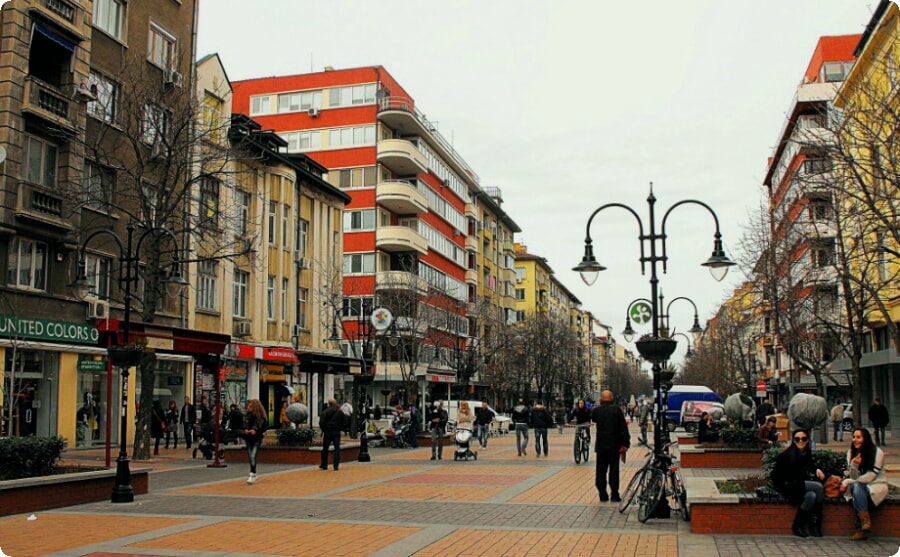
Sofia was first mentioned in written documents in the 6th century AD under its original name Sredets (meaning “city on the hill”). During Ottoman rule from 1396 to 1878 it was called Filibe (Turkish for “town”). In 1879 it became part of Eastern Rumelia until Bulgarian independence in 1908; at this time its name changed again to Sofia after being named Serdica during Roman times when it was capital of Dacia province until 271AD when Aurelianus defeated them during his war against Palmyra.
Sozopol
Sozopol is a town of around 7,000 people located on the Black Sea coast in Bulgaria. It’s a popular tourist destination, and boasts architecture and history that have been preserved over many centuries.
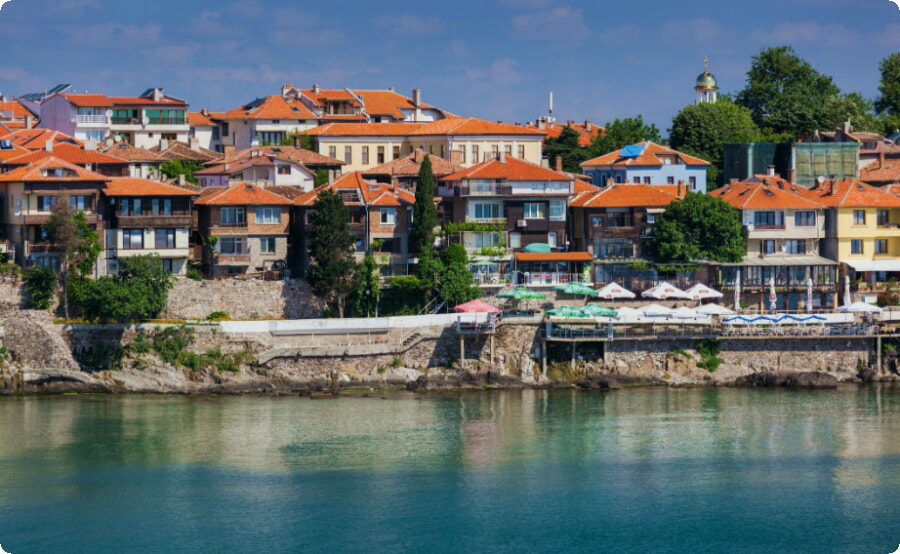
Sozopol has been known for its tourism since at least the mid-19th century when it was frequented by artists from all over Europe; some of them even settled there permanently. Today, visitors can explore Sozopol’s many churches and museums, or simply relax on one of its beaches or walk along its cobblestone streets lined with shops selling souvenirs (or jewelry!) made by local artisans.
Varna
Varna is the oldest city in Bulgaria and the second-largest city on the Bulgarian Black Sea coast. It’s also the administrative center of Varna Province, which is home to 1 million people.
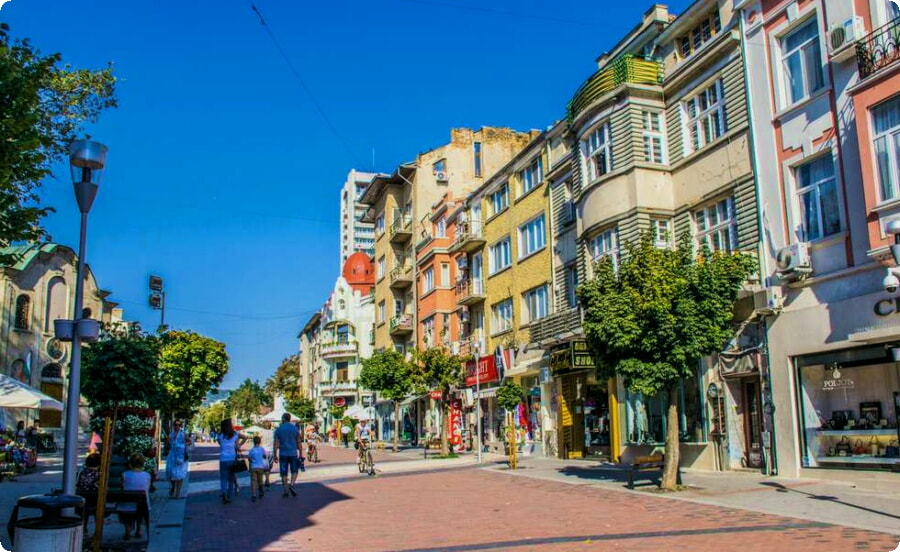
Varna has been inhabited since at least 6500 BC, when people lived here while they were hunting and gathering food from nearby forests and farmlands. They had built homes made out of clay bricks or stone blocks called “varena” (from which we get our modern word “varna”).

We hope you enjoyed our list of must-visit destinations in Bulgaria. We know it can be hard to decide which place to visit, but we’re sure that these ten will make your decision easier!
